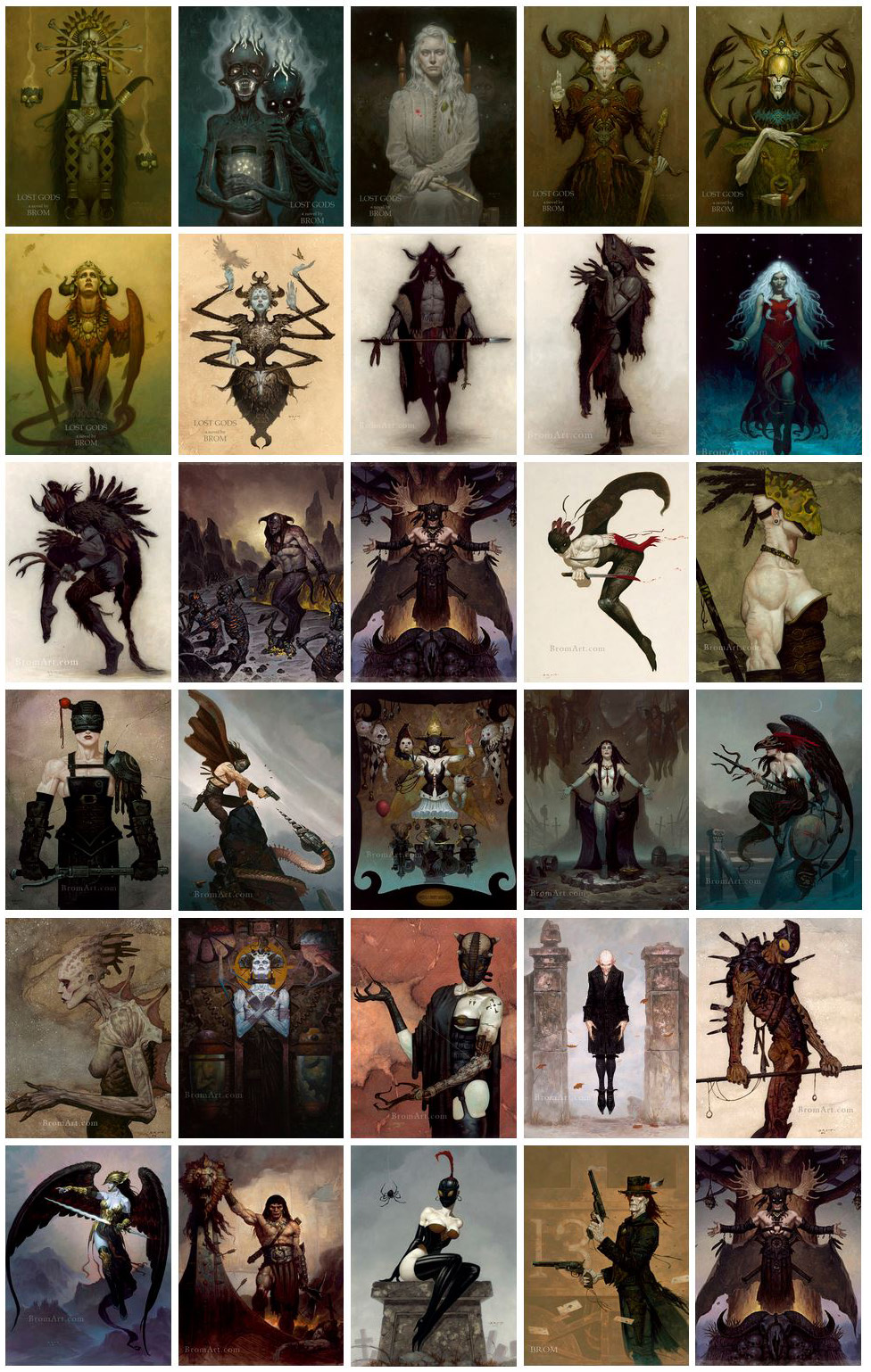BREAKING NEWS
LATEST POSTS
-
Skill Foundry – ARTIFICIAL INTELLIGENCE WITH PYTHON
INTRODUCTION 3
Setting Up AI Development Environment with Python 7
Understanding Machine Learning — The Heart of AI 11
Supervised Learning Deep Dive — Regression and Classification Models 16
Unsupervised Learning Deep Dive — Discovering Hidden Patterns 21
Neural Networks Fundamentals — Building Brains for AI 26
Project — Build a Neural Network to Classify Handwritten Digits 30
Deep Learning for Image Classification — CNNs Explained 33
Advanced Image Classification — Transfer Learning 37
Natural Language Processing (NLP) Basics with Python 41
Spam Detection Using Machine Learning 45
Deep Learning for Text Classification (with NLP) 48
Computer Vision Basics and Image Classification 51
AI for Automation: Files, Web, and Emails 56
AI Chatbots and Virtual Assistants 61 -
Eyeline Labs VChain – Chain-of-Visual-Thought for Reasoning in Video Generation for better AI physics
https://eyeline-labs.github.io/VChain/
https://github.com/Eyeline-Labs/VChain
Recent video generation models can produce smooth and visually appealing clips, but they often struggle to synthesize complex dynamics with a coherent chain of consequences. Accurately modeling visual outcomes and state transitions over time remains a core challenge. In contrast, large language and multimodal models (e.g., GPT-4o) exhibit strong visual state reasoning and future prediction capabilities. To bridge these strengths, we introduce VChain, a novel inference-time chain-of-visual-thought framework that injects visual reasoning signals from multimodal models into video generation. Specifically, VChain contains a dedicated pipeline that leverages large multimodal models to generate a sparse set of critical keyframes as snapshots, which are then used to guide the sparse inference-time tuning of a pre-trained video generator only at these key moments. Our approach is tuning-efficient, introduces minimal overhead and avoids dense supervision. Extensive experiments on complex, multi-step scenarios show that VChain significantly enhances the quality of generated videos.
FEATURED POSTS
-
Ian Curtis – AI world models generated these 3D environments from a single image in minutes, and I turned them into a custom spaceship game level in an afternoon
Here’s how I created it:
Design: I started by generating cohesive concept images in Midjourney, with sleek white interiors with yellow accents to define the overall vibe.
Generate: Using World Labs, I transformed those images into fully explorable and persistent 3D environments in minutes.
Assemble: I cropped out doorways inside the Gaussian splats, then aligned and stitched multiple rooms together using PlayCanvas Supersplat, creating a connected spaceship layout.
Experience: Just a few hours later, I was walking through a custom interactive game level that started as a simple idea earlier that day.
-
VFX pipeline – Render Wall Farm management topics
1: Introduction Title: Managing a VFX Facility’s Render Wall
- Briefly introduce the importance of managing a VFX facility’s render wall.
- Highlight how efficient management contributes to project timelines and overall productivity.
2: Daily Overview Title: Daily Management Routine
- Monitor Queues: Begin each day by reviewing render queues to assess workload and priorities.
- Resource Allocation: Allocate resources based on project demands and available hardware.
- Job Prioritization: Set rendering priorities according to project deadlines and importance.
- Queue Optimization: Adjust queue settings to maximize rendering efficiency.
3: Resource Allocation Title: Efficient Resource Management
- Hardware Utilization: Distribute rendering tasks across available machines for optimal resource usage.
- Balance Workloads: Avoid overloading specific machines while others remain underutilized.
- Consider Off-Peak Times: Schedule resource-intensive tasks during off-peak hours to enhance overall performance.
4: Job Prioritization Title: Prioritizing Rendering Tasks
- Deadline Sensitivity: Give higher priority to tasks with imminent deadlines to ensure timely delivery.
- Critical Shots: Identify shots crucial to the project’s narrative or visual impact for prioritization.
- Dependent Shots: Sequence shots that depend on others should be prioritized together.
5: Queue Optimization and Reporting Title: Streamlining Render Queues
- Dependency Management: Set up dependencies to ensure shots are rendered in the correct order.
- Error Handling: Implement automated error detection and requeueing mechanisms.
- Progress Tracking: Regularly monitor rendering progress and update stakeholders.
- Data Management: Archive completed renders and remove redundant data to free up storage.
- Reporting: Provide daily reports on rendering status, resource usage, and potential bottlenecks.
6: Conclusion Title: Enhancing VFX Workflow
- Effective management of a VFX facility’s render wall is essential for project success.
- Daily monitoring, resource allocation, job prioritization, queue optimization, and reporting are key components.
- A well-managed render wall ensures efficient production, timely delivery, and overall project success.







